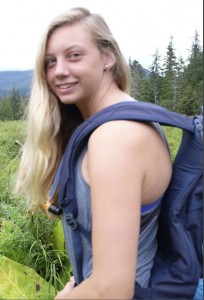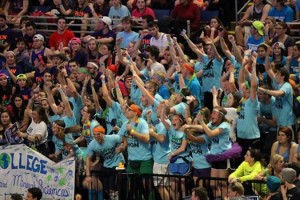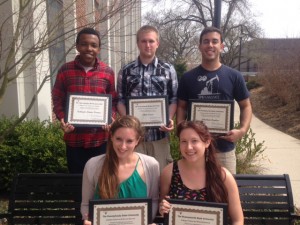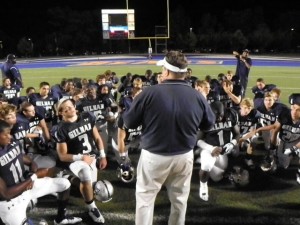This week Isabelle Gordon, or Izzy, as we know her in the Ryan Family Student Center, asked me on behalf of the Material Advantage club if I would blog about how to email a professor when inquiring about a research opportunity. Here’s the Anatomy of an Effective Email. This format is also useful for an inquiry email to a professor you’d like to work with for graduate school.
TO Field: Send it directly to the professor’s professional email account.
From: Use your Penn State email account.
Subject Line: This is one of the most important and neglected lines of email communication. Always use subject lines to announce the key idea. For example, you might write, Seeking Possible Undergraduate (or Graduate) Research Opportunity
Opening: Dear is always acceptable and correct. You could also use Hello. Hey or barking out a professor’s first name is rude. Use titles when appropriate. In this case, you might write, Dear Professor <last name>. Use a colon instead of a comma after the last name. Commas are used for personal letters.
Body: Essentially this is an action-oriented message. You are making a request. AIDA or Attention-Interest-Desire-Action is a good acronym to remember when composing this type of persuasive message.
Attention—use this opportunity to engage your reader. If another person the professor knows suggested you contact this professor, use the referral as your opener. Or you might pose a question that includes your accomplishments.
Example: Are you seeking an energetic, conscientious geoscience major with a 3.8 GPA and an ability to work both as a team and independently to join your lab? If so, please consider me.
Interest and Desire–-Explain why this professor’s lab is a good fit for your interests and talents. Develop Desire by showing specifically how the requirements for the position match your experience and expertise.
Example: I am interested in the work you are doing. I have read several of your journal articles, such as <Article Title>. <Show your ability to summarize accurately and concisely a few key points of the work being done.> I have <include your key benefit to the professor—what can you do for him/her because of your course work and experience>.
Action—you have to ask for what you want.
Example undergraduate research: I am very interested in research in this area because I would like to <your future goal and how it fits>. May I meet with you at your convenience to discuss my possible involvement in your research? I have attached my résumé and can be reached at <cell phone>. I look forward to hearing from you.
Example graduate school applicant: I have attached a copy of my CV for your consideration. Will you be accepting graduate students this upcoming academic year? I would be interested in discussing possibilities to work in your lab at your convenience. May I follow-up this email with a phone call, or I can be reached at <cell phone>. I look forward to hearing from you.
Closing
Best, All best, Best regards, Best wishes, Regards, Sincerely, Cordially, Sincerely yours, Yours, Love, Love and kisses and xxoo.
Okay, okay, these last four really aren’t used in business! I was just checking to see if you are paying attention.
Signing
The signature tells people how you would like to be addressed.
If you don’t get a response in a week or so, don’t despair. It’s okay to follow-up gently. The second time around you might write, “I know how busy you are…” It just shows how resourceful and determined you are. If you need writing help, come to drop-in hours Mondays through Thursdays from 5:30 to 7:30 p.m. Your graduate writing tutors are waiting for you here in the RFSC!














